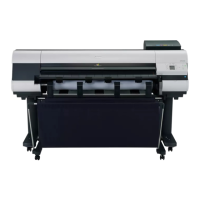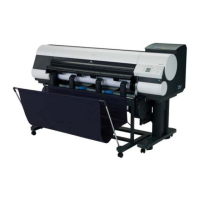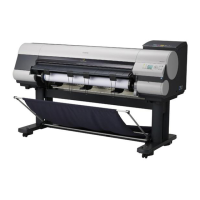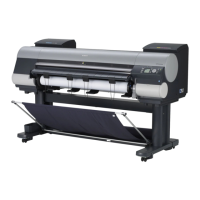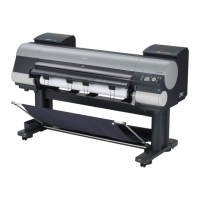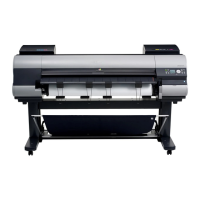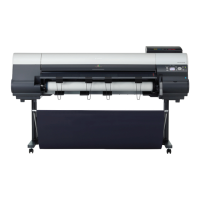7
2
Make sure the printer is on.
Turn the computer on and insert the
provided User Software CD-ROM for
your operating system in the CD-ROM
drive.
3
In the Setup Menu window, click Install
Printer Driver.
• To choose a different language, click
Language.
4
Confirm that the required installation
items are selected in the Installation List
window, and then click Next.
• Point at a software title to view a
summary of the software.
5
In the Select Country or Region of Use
window, select the country or region of
use and click Next.
6
After reading the license agreement, click
Yes.
7
In the Printer Selection window, select
The printer is connected to computers
in a network and click Next.
8
After reading the precautions in the
Getting Ready window, select Find
available printers in the network and
click Next.
For TCP/IP (network) connections
When you first connect the printer to the network
Use the LAN cable to connect the LAN
port on the back of the printer to the hub
port.
1
9
Available printers are listed in the Search Results window.
Select a printer from the list on either their IPv4 Devices or IPv6
Devices tabs and click Next.
• The IPv6 Devices tab is displayed in Windows 7, Windows Vista, and
Windows Server 2008.
• If the printer you want to use is not displayed in the list on the IPv6
Devices tab, connect via IPv4 instead.
• If the printer you want to use is not displayed in the list of printers on
the IPv4 Devices tab, refer to "When the printer cannot be found on the
network" on page 8 to setup and configure an IP address for the printer.
• If the printer is on, the Link indicator
under the LAN port lights.
1000Base-T
connection
The top and bottom LEDs
light.
100Base-TX
connection
The LED on the bottom
lights green.
10Base-T
connection
The LED on the top lights
orange.

